@rcrmj
You seem to have deep insight and professional aptitude for assessment. I notice many good points in your posts in general. Credit where due.
But I have my share of contentions.
J-20 is a revolutionary platform to PLAAF, but its far from perfection``and it is also applies to F-22 too, as it was revolutionary in late 90s and early 00s, but cant say the same in 2018.
Not much is known about the capabilities of F-22A Raptor to this day, but its qualities are significant to the extent that F-35 variants will not substitute it even with cutting-edge in avionics + sensor suite in the picture.
F-22A, as a platform, is not stagnant in terms of receiving mission enhancement packages and/or replacements in its internal hardware:
anyway for the sake of the thread, here are few specs of J-20 that I am "allowed" to know
its AESA radar:
2200 T/R modules with 5% deviation`````
range: can "burn" through 170km of 0.1m2 target with 10% deviation`````and F-22 type target with 1XX KM with 5% deviation````` it has few LPI modes```
jamming and spoofing: XX modes
I am not sure how the AESA radar system of any combat aircraft, operating in the X-band, can detect an F-22A from over 100 KM distance. Does not sound realistic because the power-aperture product of this type of radar system is much lower than in the case of AWACS.
Information leaks:
RCS values in this table are not mere estimates but drawn from accessible patents and other forms of authentic records in relation to each aircraft.
Not sure which AWACS platform is the source of benchmark in terms of detecting each aircraft in this chart, but highlighted detection ranges are very telling. Look authentic because F-22A proved its VLO capabilities in the Northern Edge exercise (2006) even in the presence of powerful AWACS platforms to complement RED forces. Related discussion:
https://defence.pk/pdf/threads/russ...realistic-numbers.589471/page-4#post-10992190
RCS values are subject to change (improve over time) in the case of F-22A and F-35 variants in part due to advances in the domain of RAM coating materials for application on these aircraft and the B-2 Spirit bomber. Aviation Week have explored this subject in great detail [I have a copy].
---
The AN/APG-77(v)1* radar system [of F-22A] have following properties: Identification Friend or Foe (IFF) [Side Info], Non-Cooperative Target Recognition (NCTR) - Narrow Beam Interleaved Search and Track [Class Info], Continuous Tracking Capability [Phased Array Radar], Track While Scan (TWS), Low Probability of Intercept (LPI), Pulse Doppler Radar (Full LDSD Capability), and Active Electronically Scanned Array (AESA). Probably more.
*Not to be confused with the original AN/APG-77 specification. AN/APG-77(v)1 can detect and identify potential targets up to 407.4 KM away, and can perform full volume search in under 3 seconds. Each of the T/R modules in AN/APG-77(v)1 is capable of operating at an individual frequency and changing frequency [over] 1000 times a second.
The AN/APG-77(v)1 radar system is integrated (electronically fused) with the ALR-94 EW suite (RWR; 30+ antennas; 463+ KM scanning range in azimuth and elevation), making it possible for F-22A to perform complex offensive and defensive EW operations in combination at any given point in time, and minimize/stop its transmissions in the process. In layman terms, the AN/APG-77(v)1 does not have to transmit its signals for long, and the ALR-94 can "passively" track an enemy aircraft’s RF signals (radar, data link, jamming, etc.), and then cue AN/APG-77(v)1 to provide a firing solution [excellent for BVR engagements]. The entire architecture is VLO-compliant in functioning (technicalities and specifics are classified in large part), and a potent EW platform on top.
Similarly;
AN/APG-81 radar system is integrated (electronically fused) with the ASQ-239 EW suite (RWR), making it possible for F-35 variants to perform offensive/defensive EW operations in combination, and vice versa. The entire architecture is VLO-compliant in functioning (technicalities and specifics are classified in large part), and a potent VLO platform on top.
Informative set of responses in the following:
[1]
https://www.quora.com/How-is-that-t...iving-a-chance-for-the-enemy-to-trace-it-back
[2]
https://www.quora.com/How-does-the-...ft-in-the-world-like-Global-Security-suggests
[2]
https://www.quora.com/Can-an-F-22-r...r/Abhirup-Sengupta-5?share=d79c9f91&srid=m6SN
Its optical sensors: 360 degree vision, no blind spot```````can detect F-22 target at the range of 1XX, a great supplyment to its radar in case has been jammed by professional EW fighters``
What about IR-suppression measures in F-22A and F-35 variants?
1) Engines
"The engines of both also have stealthy augmenters. Aft of the low-pressure turbine are thick, curved vanes that, when looking up the tailpipe, block any direct view of the hot, rotating turbine components. Fuel injectors are integrated into these vanes, replacing the conventional afterburner spray bars and flame holders. The vanes mask the turbine and contain minute holes that introduce cooler air." - Aviation Week
-
"Pratt & Whitney’s F119 engines use a number of techniques to shrink their plumes and limit the IR signature of the Lockheed Martin F-22 Raptor. Just visible in this photograph are the end of the curved vanes which block direct view of the low-pressure turbine and contain minute holes that inject cooler air to the exhaust. The “wedge” nozzles also flatten the exhaust, which shortens the plume by mixing it with ambient air as well as narrowing it from the side." - Aviation Week
2) Tail structures
"The horizontal tails of both aircraft extend well beyond the nozzles, restricting the view of the exhausts and plume core in the azimuthal plane from the side and into the rear quadrant." - Aviation Week
-
"The F-22’s “non-axisymmetric,” or 2D, thrust-vectoring nozzles have upper and lower surfaces ending in wedges with blended central edges. These nozzles further mask the engine hot parts while flattening the exhaust plume and generating vortices. Minute holes are evident on their inner surfaces, likely providing bypass air for enhanced cooling." - Aviation Week
3) Airframe coatings
"Both aircraft also feature IR-suppressive skin coatings. The final addition to the F-22’s low-observable treatment is a polyurethane-based “IR topcoat” precisely sprayed by robots." - Aviation Week
The aforementioned measures are intended to frustrate dedicated IRST solutions in developing a fire control solution for a VLO target at ranges in excess of 10 KM.
J-20 incorporate EODAS (5 sensors in total):
- but this system is not ready for combat operations YET:
"Even if the 歼-20 is not equipped with a helmet display, we are definitely working hard to develop related equipment. I believe that it will be put into use in the near future to unlock all the functions of the EADOS system. This is also the reason why the EADOS system of the current stage 歼-20 may not be perfect." - Chinese source (2018)
This is not surprising because EODAS is an exceedingly difficult system to develop and master, even with relevant technical blueprints at hand.
J-20 also incorporate EOTS-86 IRST solution which is PROJECTED to notice an F-22A around 110 KM mark, but it is also PROJECTED to notice a B-2 Spirit bomber around 150 KM mark (is this a joke?). These projections are not realistic due to IR-suppression measures of the aforementioned targets.
===
B-2 Spirit is [the] most VLO platform in existence; it feature a combination of physical structure + onboard systems + IR-suppression measures* + noise-suppression measures, with no equal in the world (even F-22A is not a peer). B-2 Spirit stand apart from other VLO platforms in the domain of IR-suppression measures, noise-suppression measures, optical deceiving (not kidding), and being VLO across ALL frequency bands (this level of VLO is impractical for FIGHTER aircraft designs due to strong emphasis on aerial engagements and kinematics in them). B-2 Spirit is an ideal platform to penetrate defenses of any country, and lay waste to its logistics mechanisms, infrastructure, and defenses on the surface, while other assets divert attention and take care of the remainder. B-2 Spirit can also be armed with long-range cruise missiles (AGM-129) to strike at potential targets from afar.
*Short explanation: "Buried deep within the flying wing, the B-2’s engines are prevented from heating the outer surface. Exhaust is cooled by bypass air, including from secondary air intakes, and flattened prior to exiting over “aft deck” trenches built of titanium and covered in low-emissivity ceramic tiles. Likely containing magnetic radar-absorbent material (RAM), these extend several feet behind the nozzles, blocking the plume’s core from below and the side. Also, the engine fairings and aft deck both terminate in large chevrons, which introduce shed vortices." - Aviation Week
Meaningful pointers in following:
[1]
https://www.wearethemighty.com/gear-tech/how-b2-stealth-bomber-works
[2]
https://www.quora.com/How-is-the-F-22-different-from-B-2-in-terms-of-stealth
[3]
https://militarymachine.com/b-2-bomber-facts/
Some of the top developers of radar systems in the world have [openly] admitted that B-2 Spirit is the most evasive aircraft in existence, and their is no reliable counter for it even today. It deflects radar beams in full (no returns). You might also want to take a dig at the complex Defensive Management Suite (DMS) of B-2 Spirit and how it help the host aircraft to evade numerous set of defenses on the surface. This aircraft is 2 billion USD per piece, man.
===
BACK TO EOTS-86:-
EOTS-80 can cue the radar system in J-20 to produce a weapons-grade lock for a VISIBLE target (advantage of sensor fusion technologies), but we need to keep in mind that F-22A will frustrate this measure by virtue of its VLO characteristics [extremely low RCS across a number of bands + IR-suppression measures + 4th generation LPIR AESA radar system + potent EW capabilities (LPIR AESA radar system + complex RWR system) + MDL]. F-22A and F-35 variants are designed with a wide range of contingencies in mind. They are designed to frustrate opposing aircraft in WVR situations, and virtually impractical to engage in BVR situations.
It is also important to have an idea of the RCS of J-20. Taiwan's assessment in here:
http://top81.ws/show.php?f=1&t=1779388&m=14941934
Not sure about the accuracy of Taiwan's assessment, but J-20 does fall short in the domain of VLO in comparison to F-22A and F-35 variants* (general consensus).
*In here:
https://www.usni.org/magazines/proceedings/2017-10/professional-notes-us-f-35-versus-prc-j-20
Your focus should be on WHEN an F-22A can unmask the presence of a J-20 in a hypothetical engagement scenario. Keeping in view of the capabilities of AN/APG-77(v)1 + ALR-94 (active + passive detection ranges exceeding 400 KM in combination, with cancellation of active detection measures in under 3 seconds; full volume search is established), F-22A have a fairly good chance in unmasking the presence of J-20 earlier than the latter. ALR-94 is the most complex piece of engineering within F-22A, and a big factor in why F-22A posit a major threat to potential opponents in a contested environment.
I get the impression from my readings that J-20 is ready for combat operations in general [at present], but not ready for [head-on] clashes with F-22A and F-35 variants [at present]. J-20 need better engines and operationally mature onboard systems to unlock its full potential in aerial engagements (this will take a while). Nevertheless, J-20 is a symbol of pride for China and rightfully so. Chinese aviation industry have caught up to Russian at the least.
As far as I know, to PLAAF, it's most fear is not F-22 but hords of F-35 + EF-18G which was developed with the latest techs and knowledge of our time.
And those fears are not misplaced.
The single greatest advantage USAF and USN have over other forces is in the domain of network-centric warfare capabilities:
Those communication networks are among the most elusive in terms of operations. Different communication channels between SISTER aircraft, but different squadrons can TALK to each other as well. These squadrons blanket opposing forces with unparalleled levels of EW and subject them to enormous levels of firepower at the same time.
FYI:
https://nationalinterest.org/blog/t...as-f-35-would-crush-chinas-j-20-stealth-17315
"One area that the Chinese are almost certainly lacking is what Air Combat Command commander Gen. Herbert “Hawk” Carlisle once described to me as “spike management.” Fifth-generation aircraft such as the F-22 and F-35 have cockpit displays that indicate to the pilot the various angles and ranges from which their aircraft can be detected and tracked by various enemy radars. The pilots use that information to evade the enemy by making sure to avoid zones where they could be detected and engaged. It is a technology that took decades for the United States to master—through a lot of trial and error. "
You forgot to account for E-2D Advanced Hawkeye in your calculations. This beast incorporate a revolutionary UHF-band mechanically/electronically-scanned HYBRID radar system (AN/APY-9) to unmask a new range of targets in real-time which are almost invisible to [purely] mechanically-scanned as well as electronically-scanned PESA/AESA solutions:
https://defence.pk/pdf/threads/russ...realistic-numbers.589471/page-8#post-10997370
Therefore;
PLAAF has to contend with the hordes of F-35 variants + EA-18G Growlers with F-22A, B-2 Spirit and the cutting-edge E-2D Advanced Hawkeye in the mix. J-20 will be unmasked and BVR engagements will be impractical for PLAAF (on the whole) in this kind of battlespace. Does not look good from any angle.
It make sense for China to invest in asymmetric measures such as the KILL CHAINS for DF-21D and DF-26 ASBM to complicate operations of USN near China (but USN have developed a new range of countermeasures for these type of threats by now). And disrupting (any) kill chain is not difficult for the aforementioned airborne assets.
And not to forget than B-52 will be taking pot shots from afar with long-range standoff cruise missiles:
Some pointers in following links:
[1]
https://www.businessinsider.com/f-35-russia-china-radar-counter-stealth-2017-5
[2]
https://www.forbes.com/sites/lorent...t-of-the-f-35-fighter-story-you-havent-heard/
---
I strongly emphasize in my discussions that a large number of visually appealing missiles noticed in impressive exhibitions (e.g. Zuhai), will be useless in the face of a war-machine which have mastered the principles of stealth and surveillance techniques.
An aircraft (e.g. J-10B) can be equipped with an A2A missile that is MACH 4+ and KM 300+ in flight speed and range, but these specifications are USELESS in the face of F-22A, F-35 variants and EA-18G Growler types in the shoes of opposition.
Don't get me wrong; China is a powerful and dangerous adversary to any potential foe, with lot of firepower at its disposal. I believe that China can defeat the likes of India in a full-scale war.
However, if you are war-gaming US as the adversary, you will be frustrated to enormous degree.





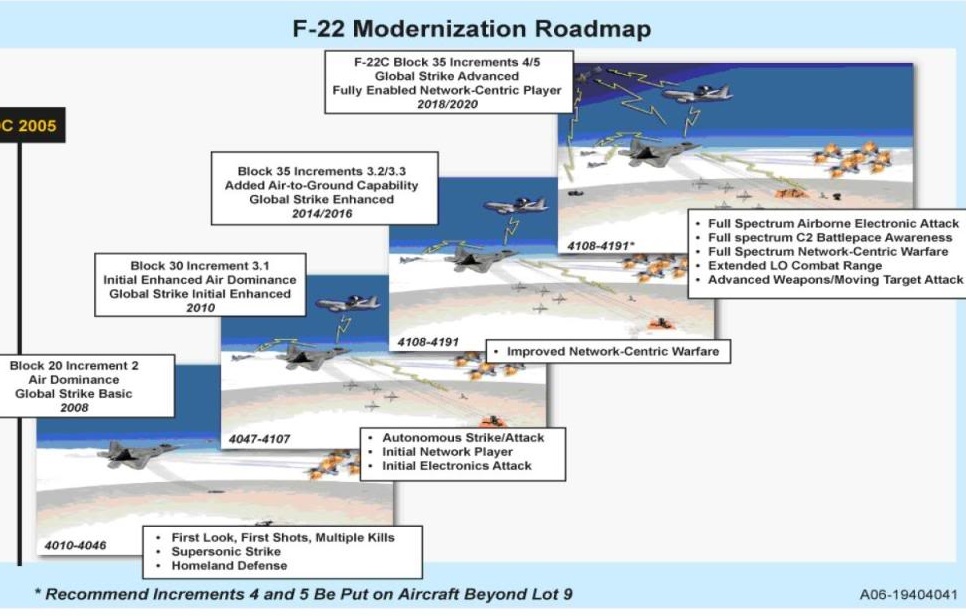
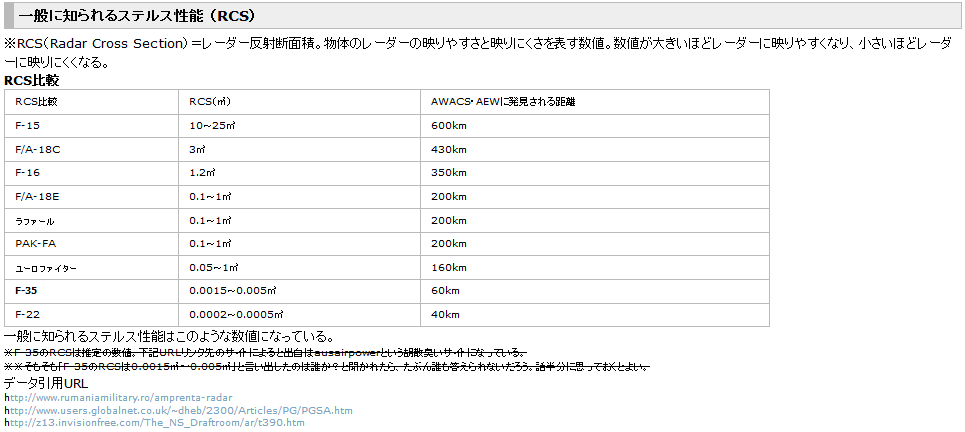

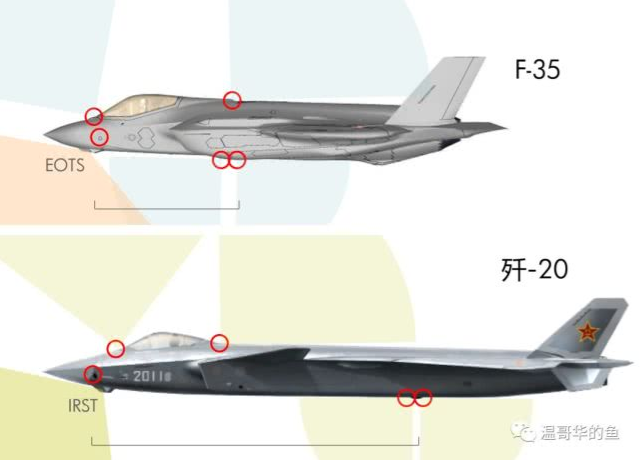
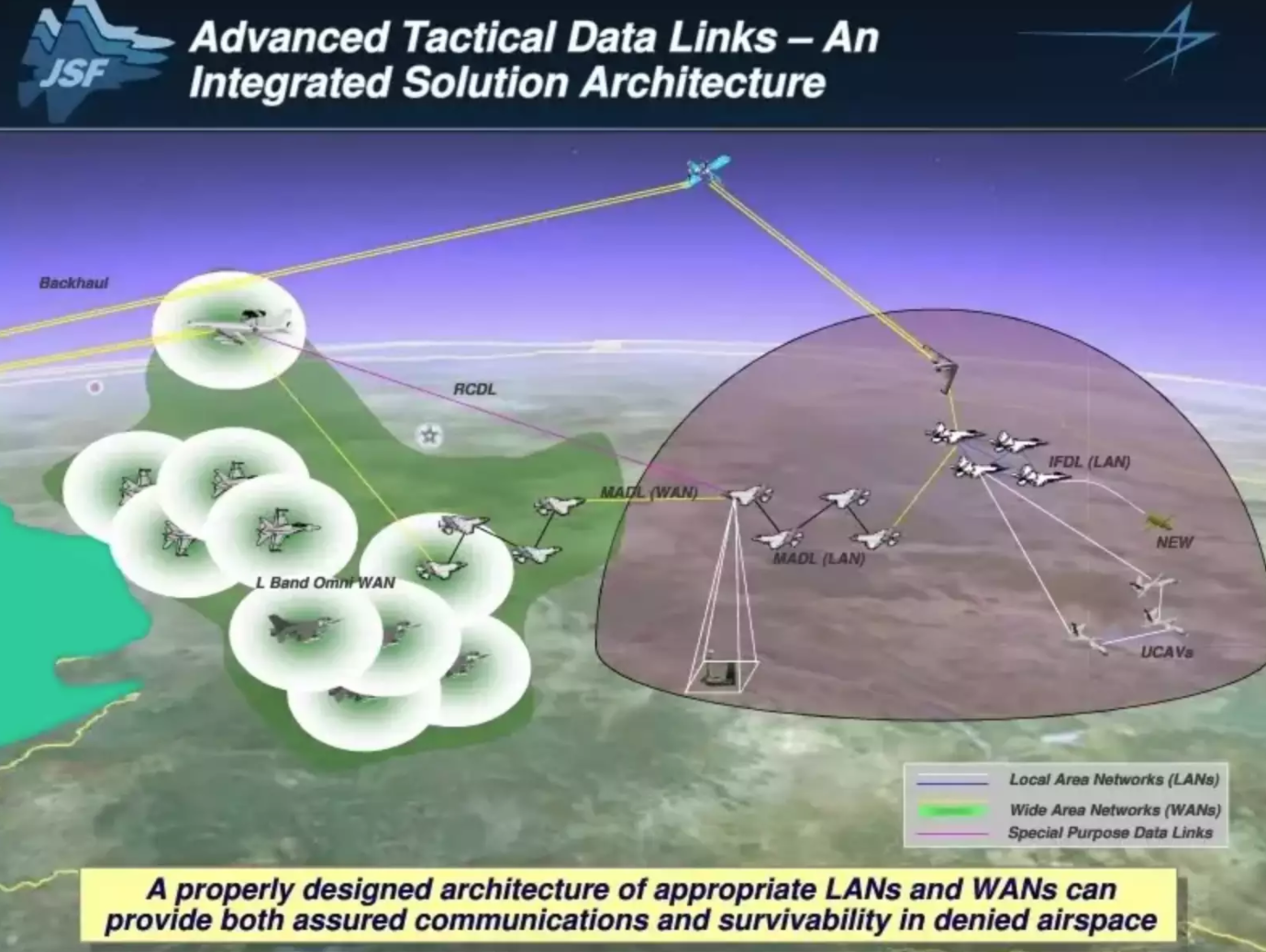
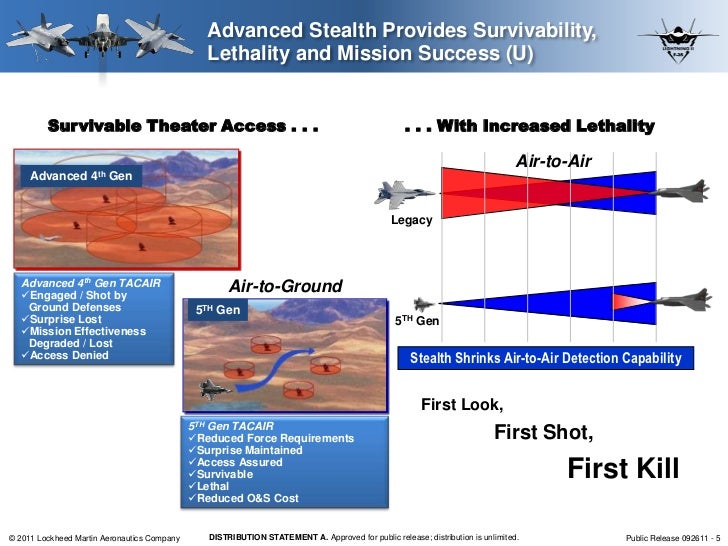
 ``````
``````
